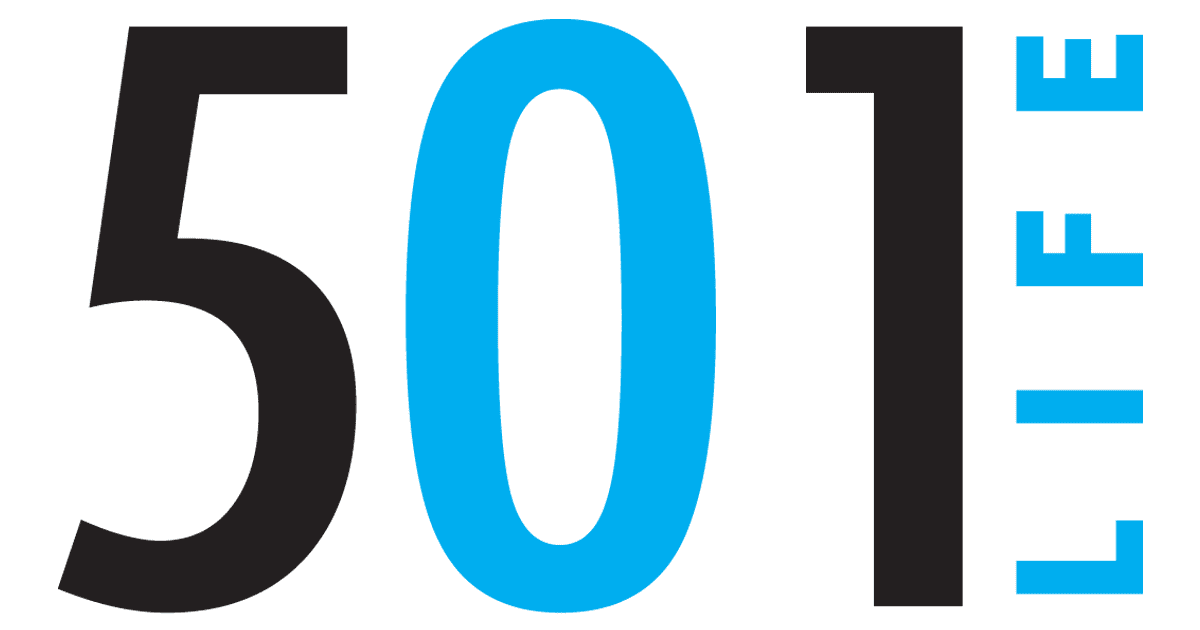
22 Mar 2010 ‘Green’ tips for heating and cooling
More often than not, Heating Ventilation Air Conditioning systems (HVAC) account for the single largest contributing source of energy consumption in our homes today. Fortunately, there are several steps that we can do to make sure our home HVAC systems are truly green.
First, has your HVAC system been maintained properly?
This is often the most overlooked issue with home systems. Just like our cars, our home heating and cooling systems undergo wear and tear from normal use and need to be maintained. Regular cleanings and tune-ups will ensure that your system is running at its peak efficiency and capacity, saving you money. Another added benefit of planned maintenance is increasing the system’s longevity.
Second, consider the purchase/use of a programmable thermostat.
Why run the system all day long when your home is empty? Today’s technology allows us to utilize programmable thermostats to automatically set back temperatures while you are away, and have the home back to desired comfort levels when you arrive. This can even take into account current outdoor conditions.
This is a quick and easy way to put some green back into your budget.
Third, not many people have seen ducts, but we all have them.
They are usually located in places homeowners don’t often go. Some reside in those dark, tiny crawlspaces under our homes, or the attic. These ducts can be energy thieves when they break, or more often than not, are not properly sealed.
Old HVAC duct systems were not typically designed with leakage in mind. Sometimes they are even comprised of flexible duct materials that break down over time.
More modern duct take-off fittings, mastic sealants, insulations and system designs help us minimize energy loss. We are paying to condition the air in our homes, so we want to make sure it actually ends up “in our homes.”
Take the time to inspect your duct system or have a licensed HVAC professional do it for you. It could mean considerable energy and money savings.
Fourth, is your current HVAC system properly sized for your home?
More times than not, energy improvements have been made to your home since it was originally constructed. People finally get around to replacing those old inefficient windows and doors, or add that additional attic insulation, making your old heating and cooling system oversized. In this case the old adage, bigger is better, does not hold true.
Your home should have the properly sized system to ensure the run times are sufficient to allow the air conditioner to dehumidify properly. If you experience continual on/off cycles with your system, consider having a licensed HVAC professional perform a calculation on your home. This is the only approved method of determining if your current system is properly sized for your home.
Finally, check the age of your system.
If you have a current heating and cooling system that is 10 years or older, you may be in a position to realize some dramatic energy savings by updating your current system. As with most technology, there have been significant increases in efficiencies in the last 10 years. With rising energy costs, these efficiency upgrades can often generate enough savings to justify replacing them.
The new systems often integrate new variable airflow and air filtrations to improve homeowner comfort levels as well as indoor air qualities.
Currently, the American Recovery and Reinvestment Act of 2009 offers help to American taxpayers. This legislation allows homeowners to re-claim up to 30 percent of upgrade costs in the form of a tax credit (up to $1,500) by replacing your old HVAC system with a new qualifying energy efficient system. That could mean $1,500 back in the form of a tax refund along with lower utilities every month!
Now that’s the kind of “green” we all know about.








